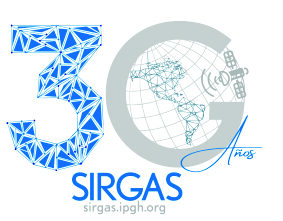The ionosphere over the Central and South American area presents a particularly complex behaviour because the free electron distribution is strongly affected by the Equatorial Anomaly and the distortion of the geomagnetic field (with respect to its dipolar approximation). The high-quality dual-frequency GNSS observations provided by the SIRGAS-CON network constitute an invaluable source of information for continuously monitoring this complex phenomenon. In order to exploit this opportunity, SIRGAS promoted the establishment of analysis centres devoted to that kind of studies. In this context, since July 2005 the Universidad Nacional de La Plata (Argentina), official SIRGAS Analysis Centre for the Ionophere, produces hourly maps of vertical total electron content (vTEC) for the SIRGAS region. These maps, called SIRGAS-UNLP ionospheric maps, are computed applying the La Plata Ionospheric Model (LPIM), which implements a thin-layer ionospheric approximation particularly tailored for the SIRGAS region. Twenty four maps per day, presented in graphical and numerical formats (grids of 1º×1º in latitude and longitude) and daily movies are available at
http://cplat.fcaglp.unlp.edu.ar/
The SIRGAS-UNLP maps of vTEC are being used for different kind of studies such as validate the International Reference Ionosphere (IRI) over the South American region, improving the performances of single-frequency GPS receivers, and the the feasibility of computing the ionospheric correction for a regional satellite based augmentation system (SBAS). This study was promoted by the Internation Civil Aviation Organization (ICAO) in the framework of its so-called “Solución de Aumentación para el Caribe, Centro y Sur América” (SACCSA) project.
